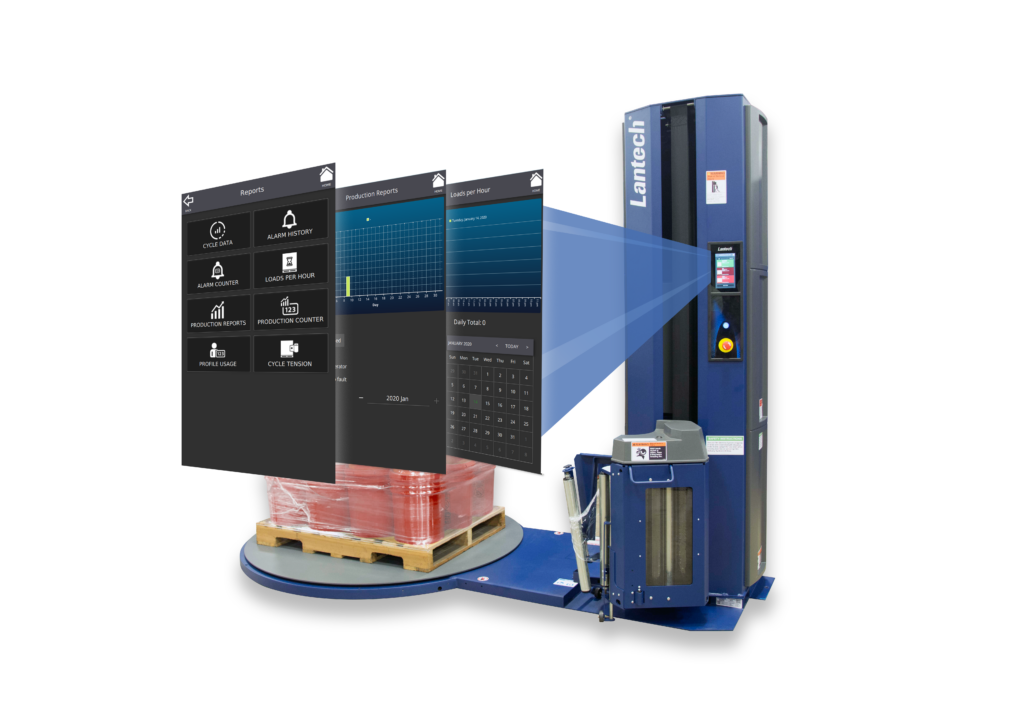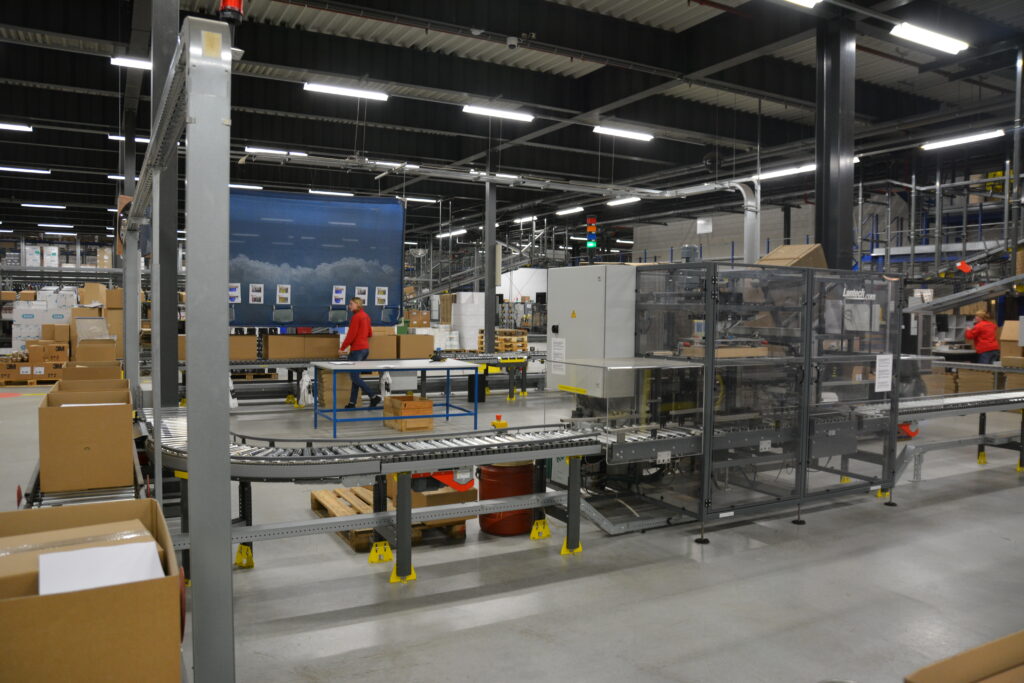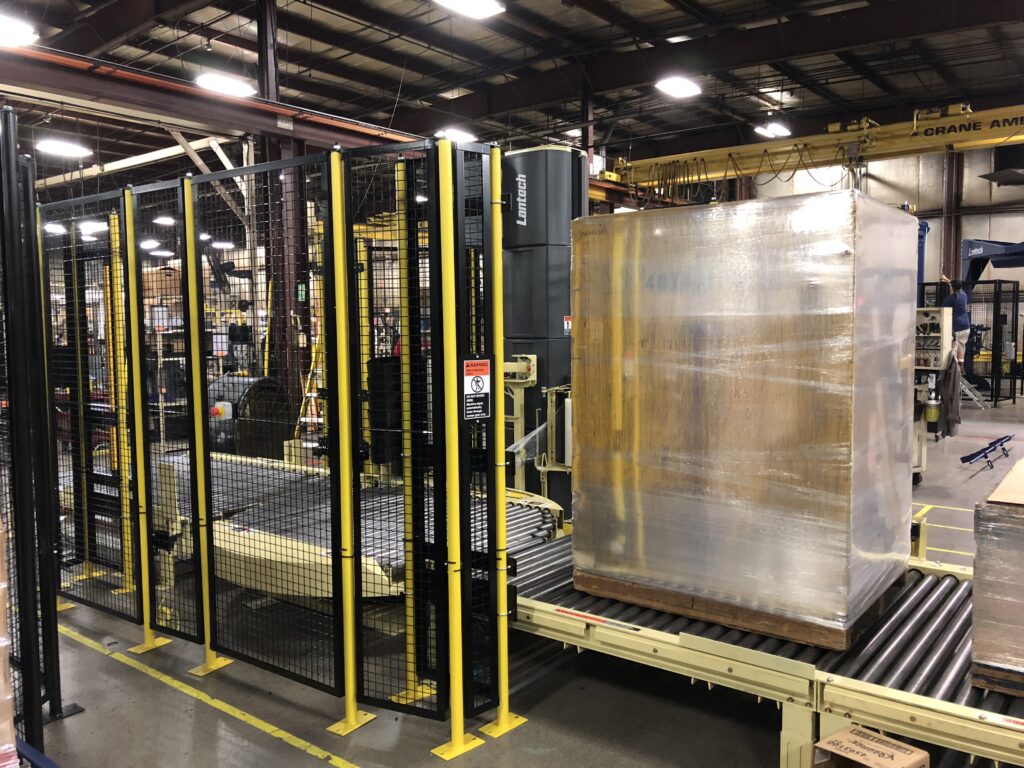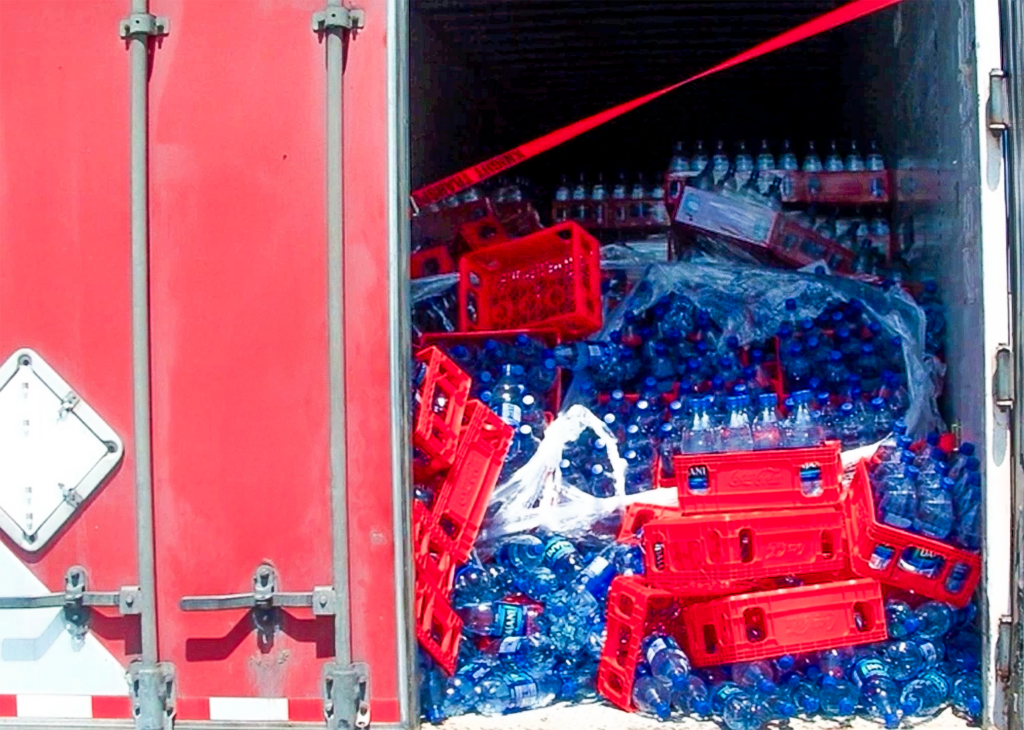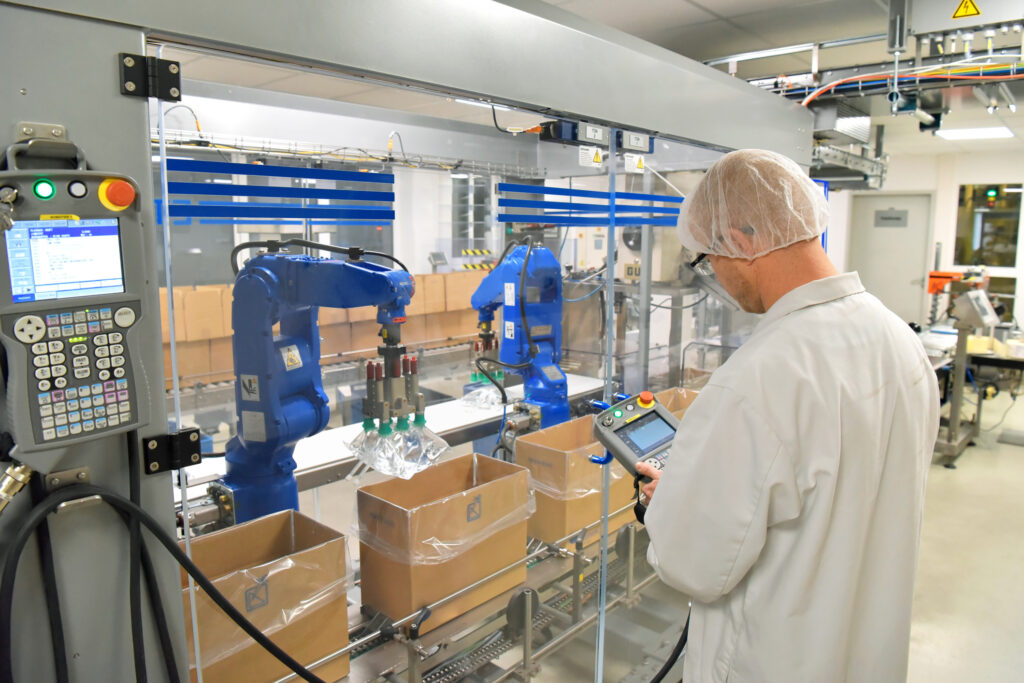Getting product out the door
Our booth at PackExpo featured quotes from a number of customers. A couple of my favorites were:
“I don’t have time for quality…gotta get these things out the door.”
and
“I don’t want to have to worry about it.”
They were speaking specifically about stretch wrappers and stretch film, but in the context of warehouse management, these sentiments certainly apply to conveyor, fork lifts, and other related components – including pallets themselves.
Do you spend time worrying about your pallet pool? Should you? Your pallet needs probably pretty much take care of themselves – sort of like towels and tissue in the washrooms. But maybe it’s one of those things to reevaluate periodically – particularly as your business evolves.
Of course not every business uses pallets. Floor load, bulk, slip sheet, and small parcel are all common alternatives to palletization. We work with many companies that use those methods – particularly in areas of high speed stretch wrapping of slip sheeted products and case erecting and sealing in ecommerce small parcel applications.
Types of pallet programs
Companies that do rely on pallets for shipment of their product have a range of options. Traditionally many companies purchase the pallets they need. There’s a clear cost to doing so which is known and can be planned for and built into pricing.
Pallets are readily available for purchase both new, and used – a large market being made in the latter, which often have usable lives of numerous one way trips, being locally refurbished and resold for their next journey.
While purchase is common, there are other models. The most common is leasing (sometimes called pooled pallets.) Almost everyone is familiar with the blue CHEP pallets. Companies that provide pooled pallet service generally agree on advantages which include:
- potential cost reduction
- embedded maintenance costs & logistics
- simple management
In addition to CHEP, other well known pooled pallet providers include PECO (red wood) and iGPS, which provides the service with plastic pallets which feature embedded RFID tags.
Pallet management is another model which fits certain defined and closed loop supply chain scenarios. Under this model companies own their pool of pallets (rather than lease them) but control them rather than simply sending them on one way journeys. Millwood, for instance, offers a cloud based PalletView(TM) asset management and visibility platform.
Why good pallets matter
This is about more than just order and precision on the warehouse floor – although broken boards are both a housekeeping and safety problem.
You may sell to retailers which have vendor chargebacks for various pallet, carton, and logistic infractions. (This article claims that some retailers obtain as much as 13% of their revenue from these fees!) Whether it’s 1% or 13% doesn’t matter. Being a good supplier pays other dividends, so ensure that your pallets aren’t costing you money and detracting from your vendor scorecard ratings.
Pallets are also important to your operations…in fact the condition and orientation of pallet bottom boards are incredibly important as you start to consider your options for incremental automation. Want to make a right angle transfer of your pallet conveyor for space reasons? Better stop and check your bottom boards. And even when everything is engineered correctly, broken boards can be enough to disrupt sensitive transfers or even the transition between rollers of larger ODs roller conveyors.
Other considerations
International shipments (we’ll have more on this in an upcoming article) may require different sizes, entry options, and certifications (including fumigation.)
The popular trend toward retail ready displays also may require pallet sizes and configurations dictated by end cap and display requirements which differ from traditional 4-way entry 40X48″ pallet configurations.
Depending on what other requirements you have, various pallet supply models may offer particular advantages.
Pallet End-Of-Life
It’s interesting to note that while many companies work tirelessly to reduce flexible packaging and corrugated consumption, they often overlook the source reduction / sustainability aspect of pallets.
The volume of a single pallet entering the waste stream could be many times greater than the decremental volume reduction achieved by slightly down gauging flexible packaging film used in primary product packaging. So it’s important that any review of pallet systems include some analysis of the total life cycle to ensure that EoL procedures align with expressed goals and corporate sustainability philosophy. The Balance offers some pallet management suggestions from an environmental perspective.
Options to consider beyond traditional disposal include recycling, and various chipping, grinding, and mulching solutions. In fact, there’s even special safety mulch for playgrounds that’s created from aging pallets.
Have a smaller number of pallets and love a good DiY project? How about turning them into furniture!?
It’s OK to stay the course…intentionally
Here’s the bottom line. You’ve got lots of options, and lots of other things to worry about. But your business will evolve – customer requirements and expectations, volume, costs, and other factors will change.
Take a look at your pallet program periodically just to make sure it’s still right for your requirements. That doesn’t mean you need to change it – but make a conscious decision to keep it the same, rather than just relying on habit.
The same guidance applies to your stretch wrapping. As your business evolves, maybe some process improvements are in order – weighing while wrapping for instance, or using centralized automated wrapping vs. distributed semi-auto. Our free guide provides insights into what’s possible – get yours here.
This post was published on November 29, 2016 and updated on November 2, 2018.
November 29, 2016

